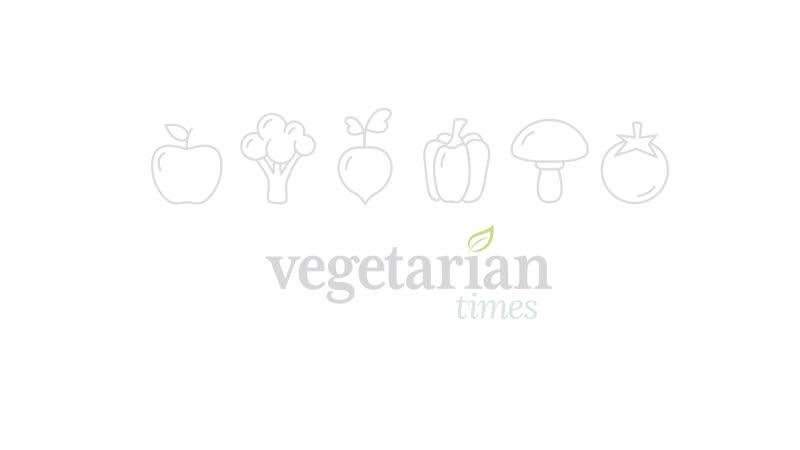Good Things, Small Packages

They are sprinkled atop breads, ground into pastes, pressed into milk-like beverages and munched on straight out of the bag. They are seeds, and they are becoming an increasingly important component of a healthy diet.
Until recently in the United States, edible seeds were seldom used for more than trail mix or decoration. Yet for thousands of years, people around the world have been keenly aware of the highly concentrated nutritional content of seeds. In Asia, Africa and the Middle East, sesame seeds have long been prized for their oil and are ground into a protein-rich butter or paste called tahini. Sunflower and pumpkin seeds, indigenous to North America, have been used in Native American cooking for centuries.
Often dismissed due to their high fat content, seeds are finally being recognized in our culture as a rich source of protein, calcium, essential oils and other nutrients. For instance, adding ground flaxseeds to cereal or smoothies, or drizzling flax oil onto salads provides cholesterol-lowering omega-3 essential fatty acids. Hemp seeds, among the most nutritious of the edible seeds, help you load up on protein.
Seeds are available in natural food stores, ethnic markets and through mail-order sources, many of which can be found on the Internet. The following recipes demonstrate how you can add nutrient-packed seeds to all your meals, from breakfast to dinner.